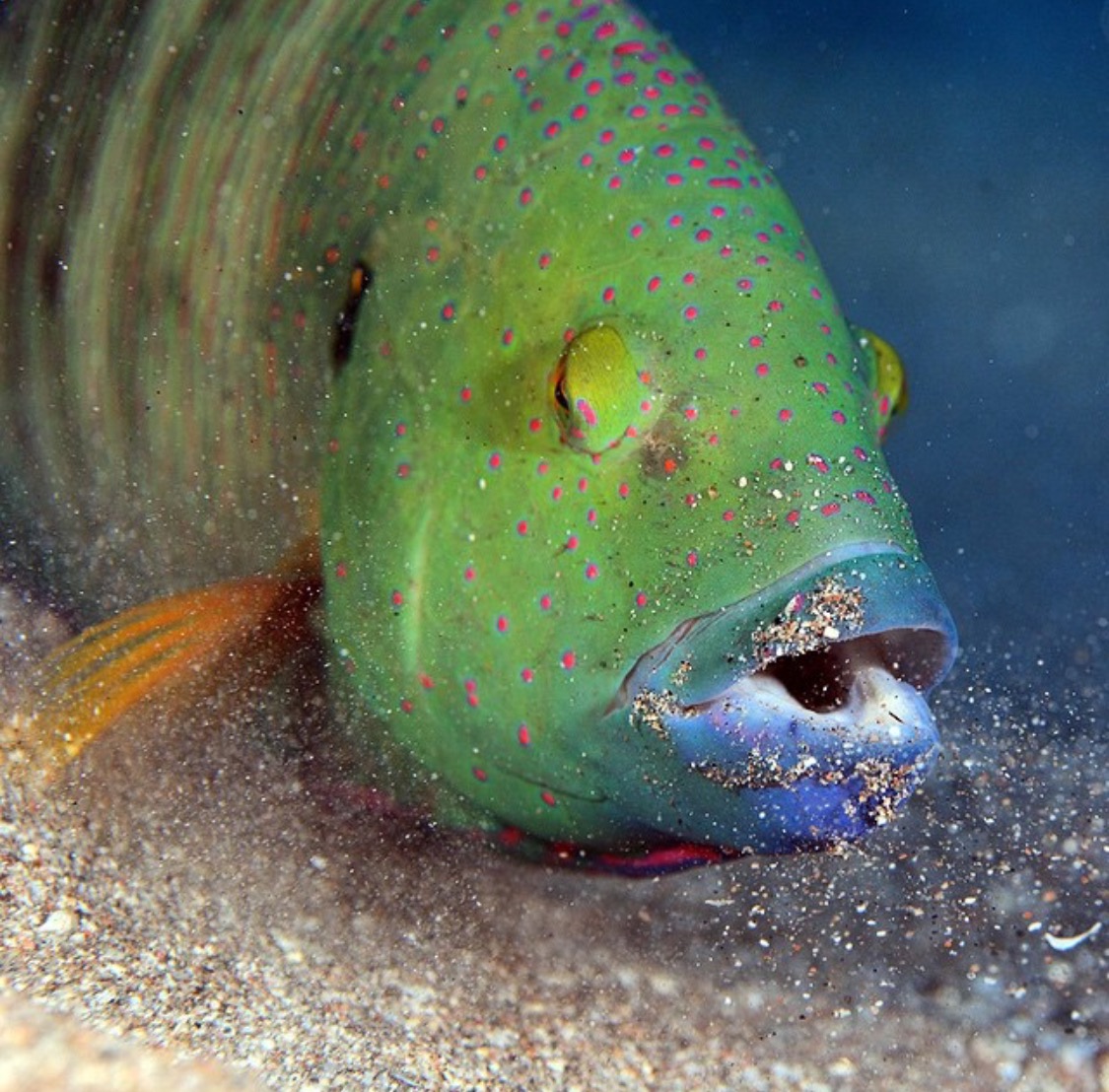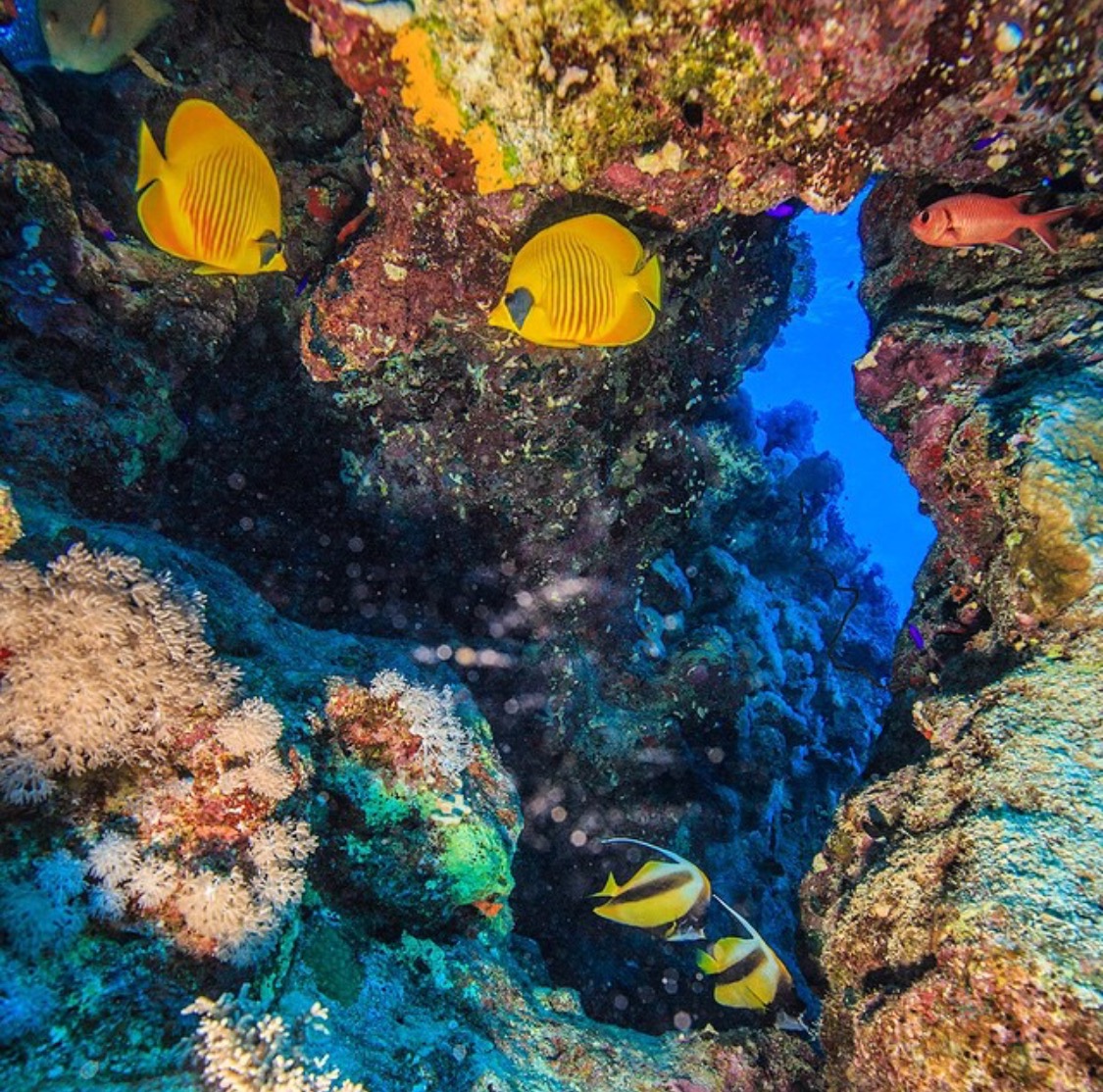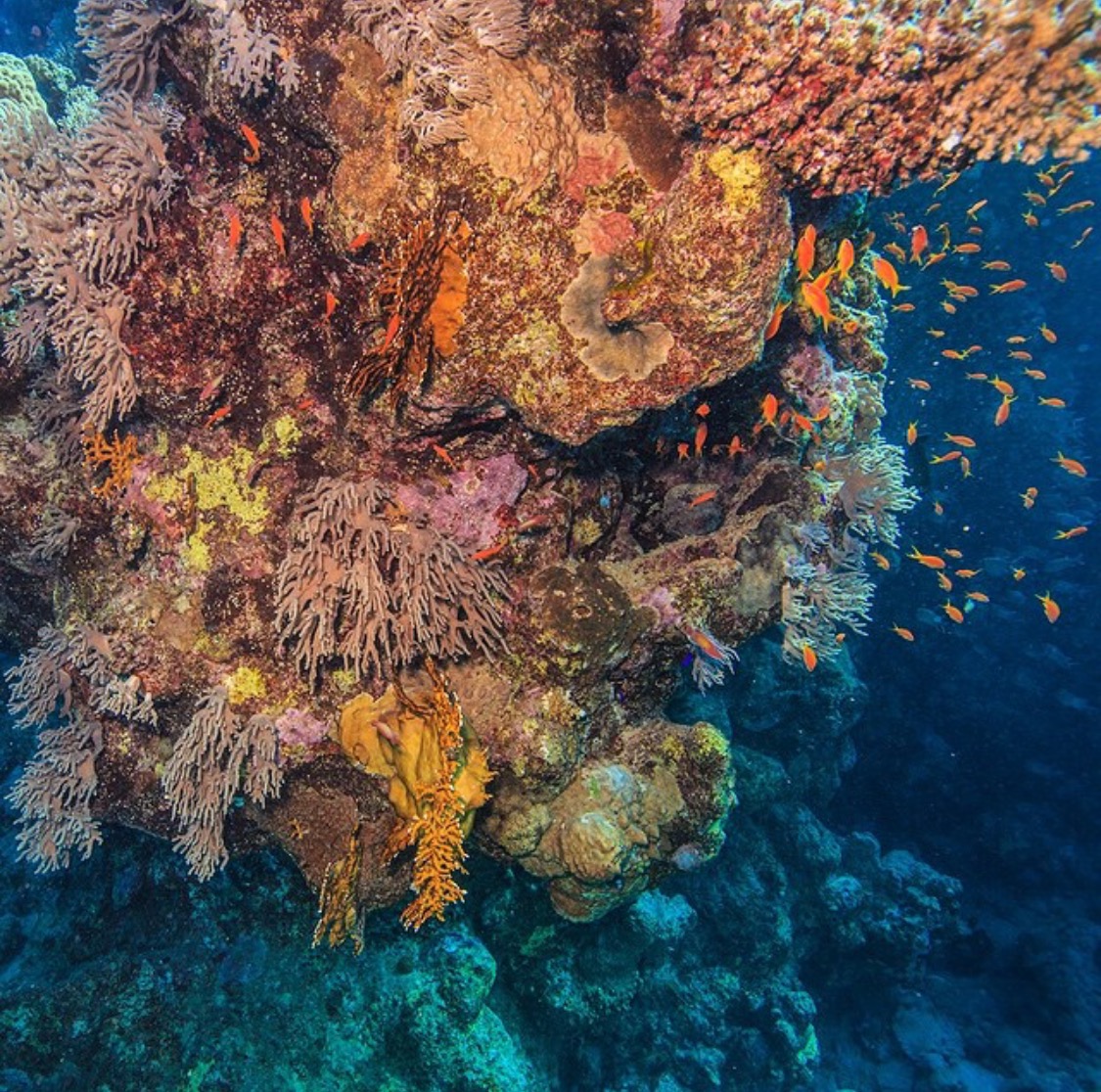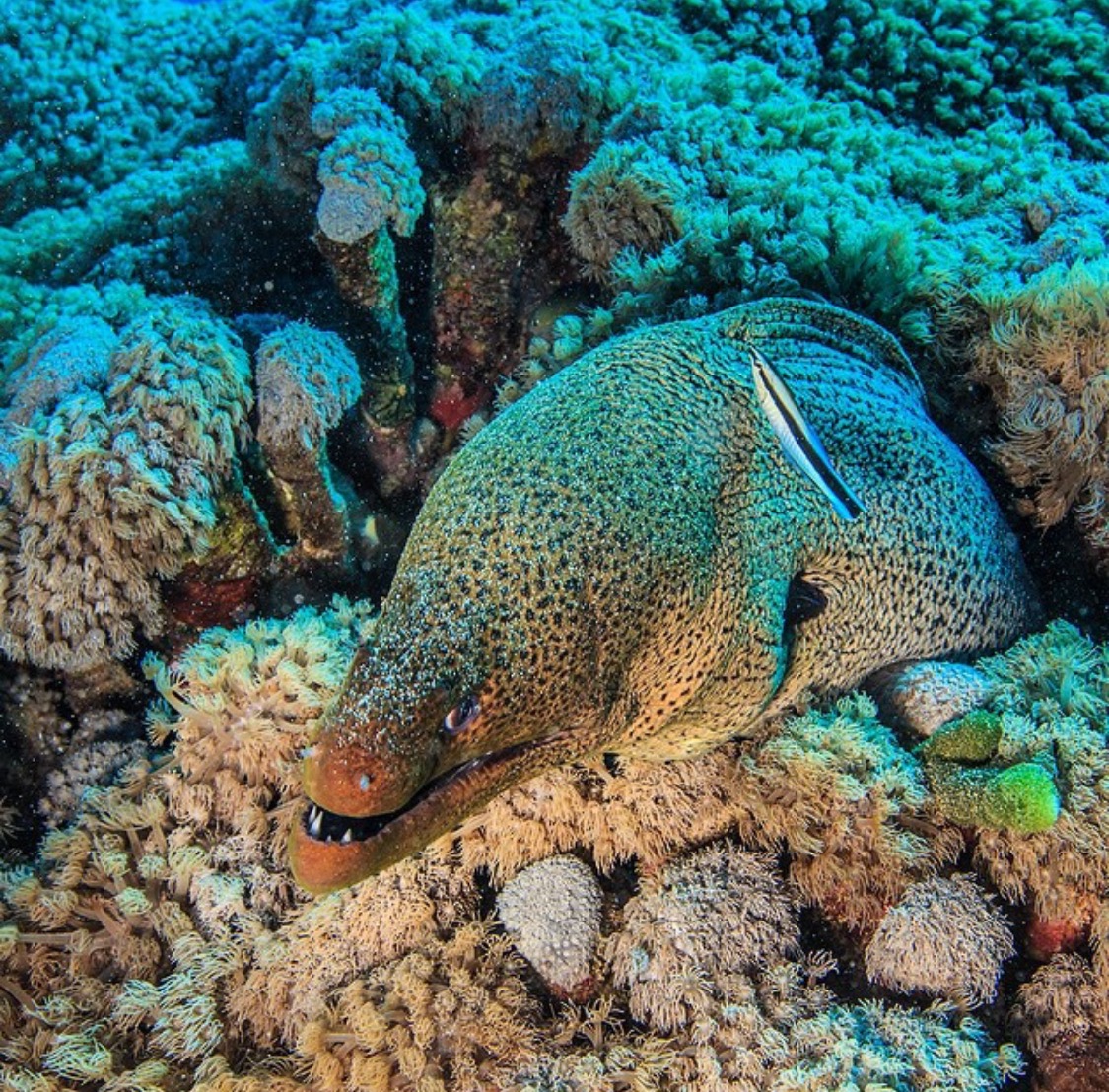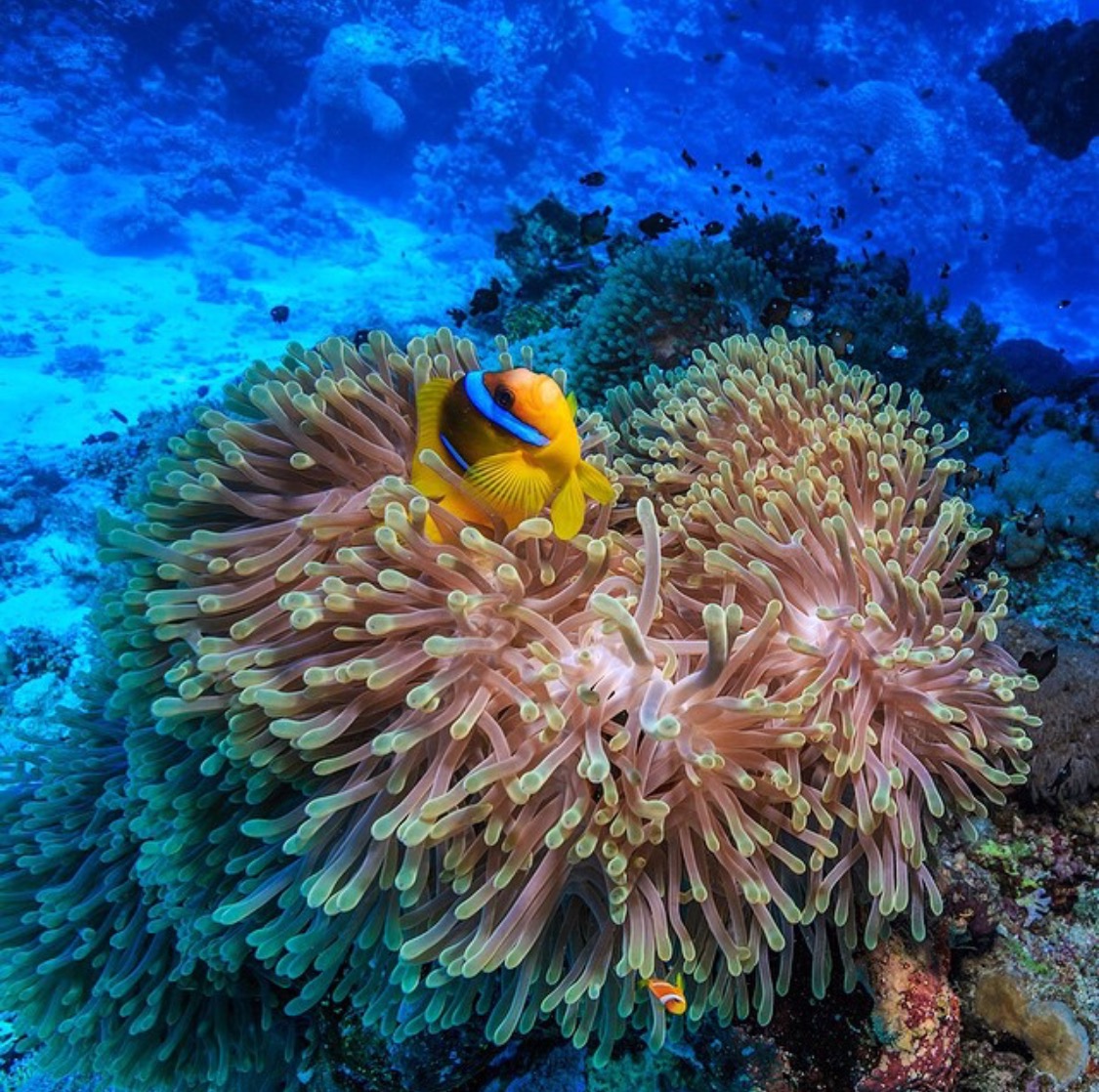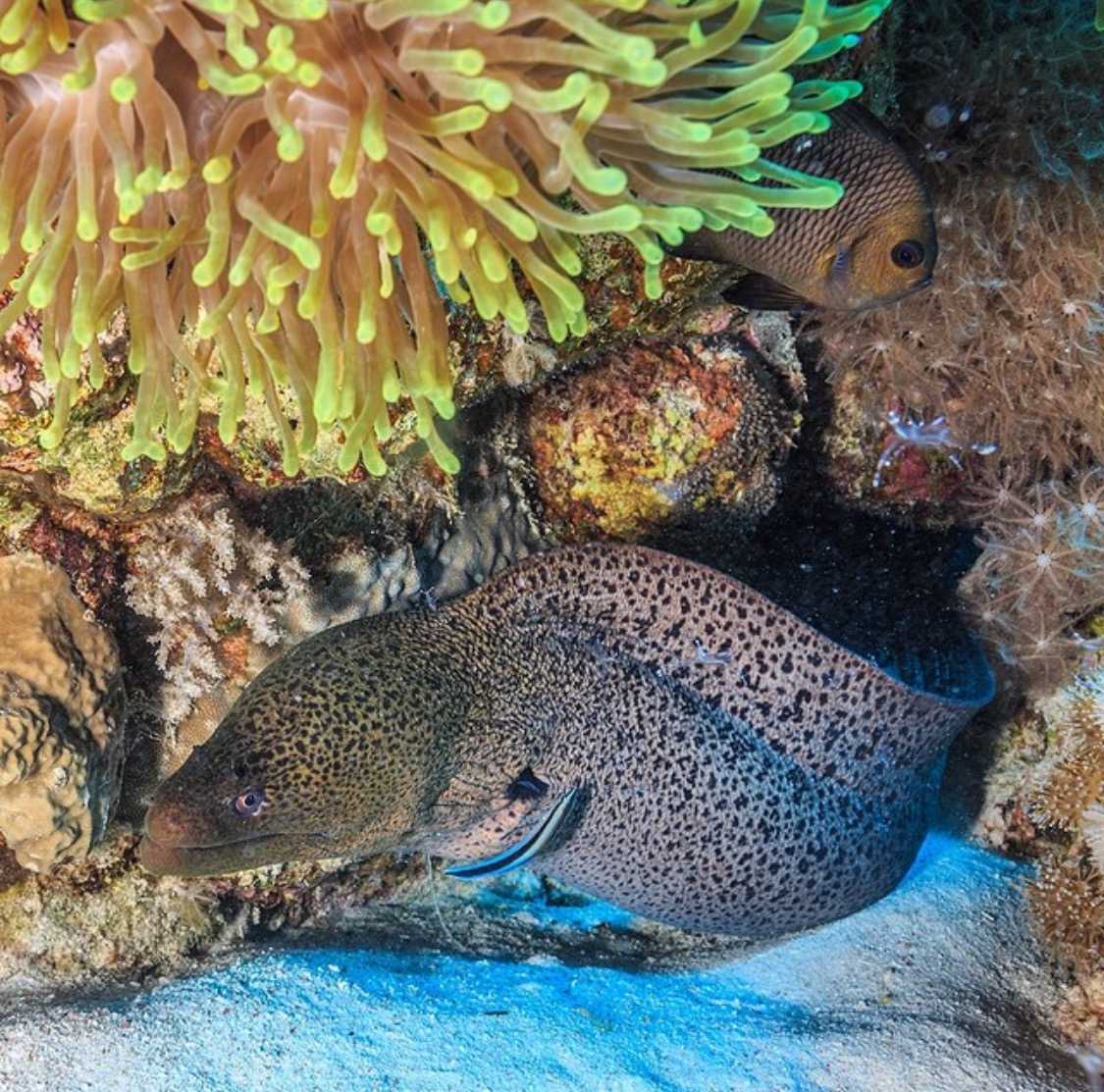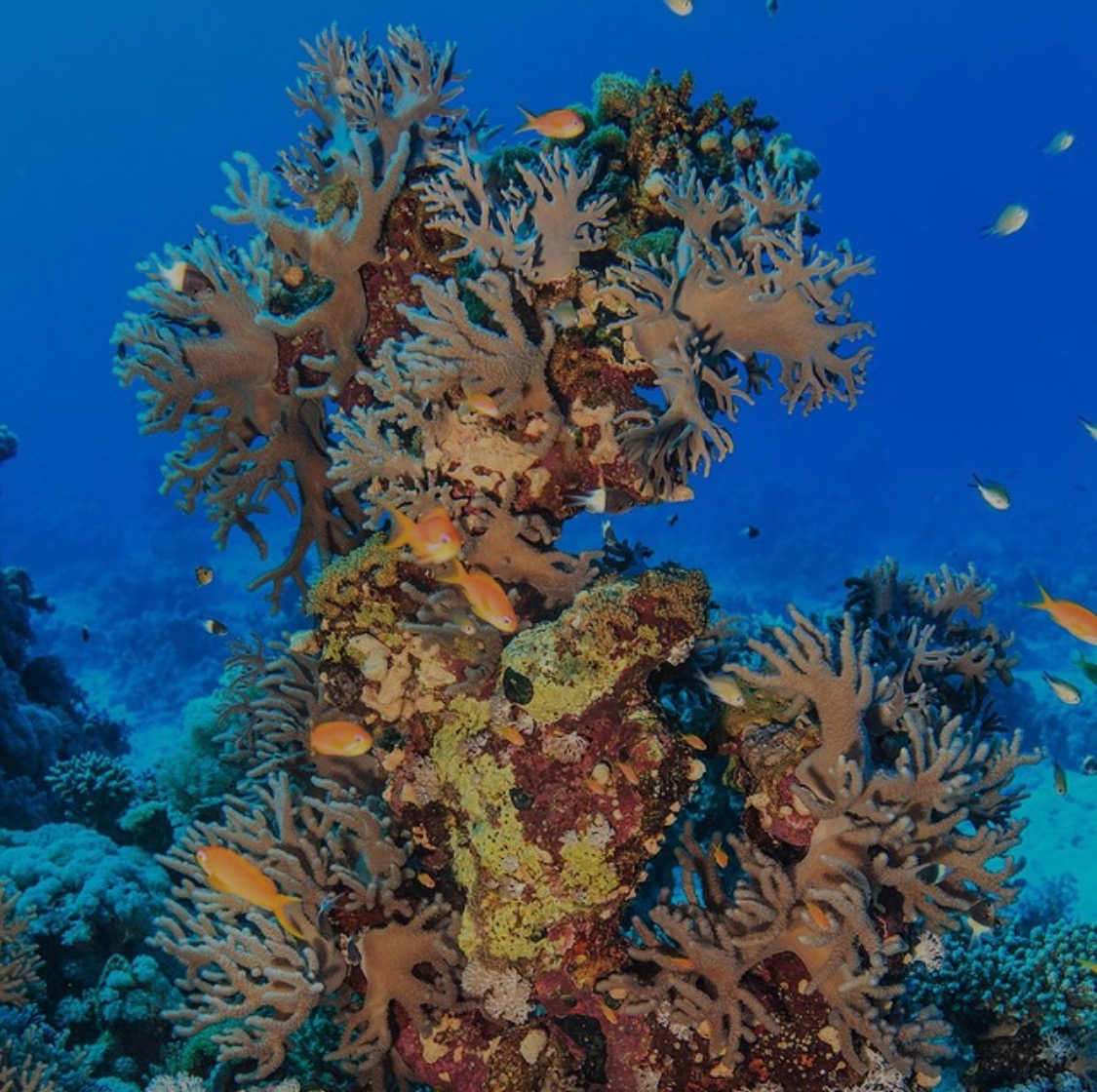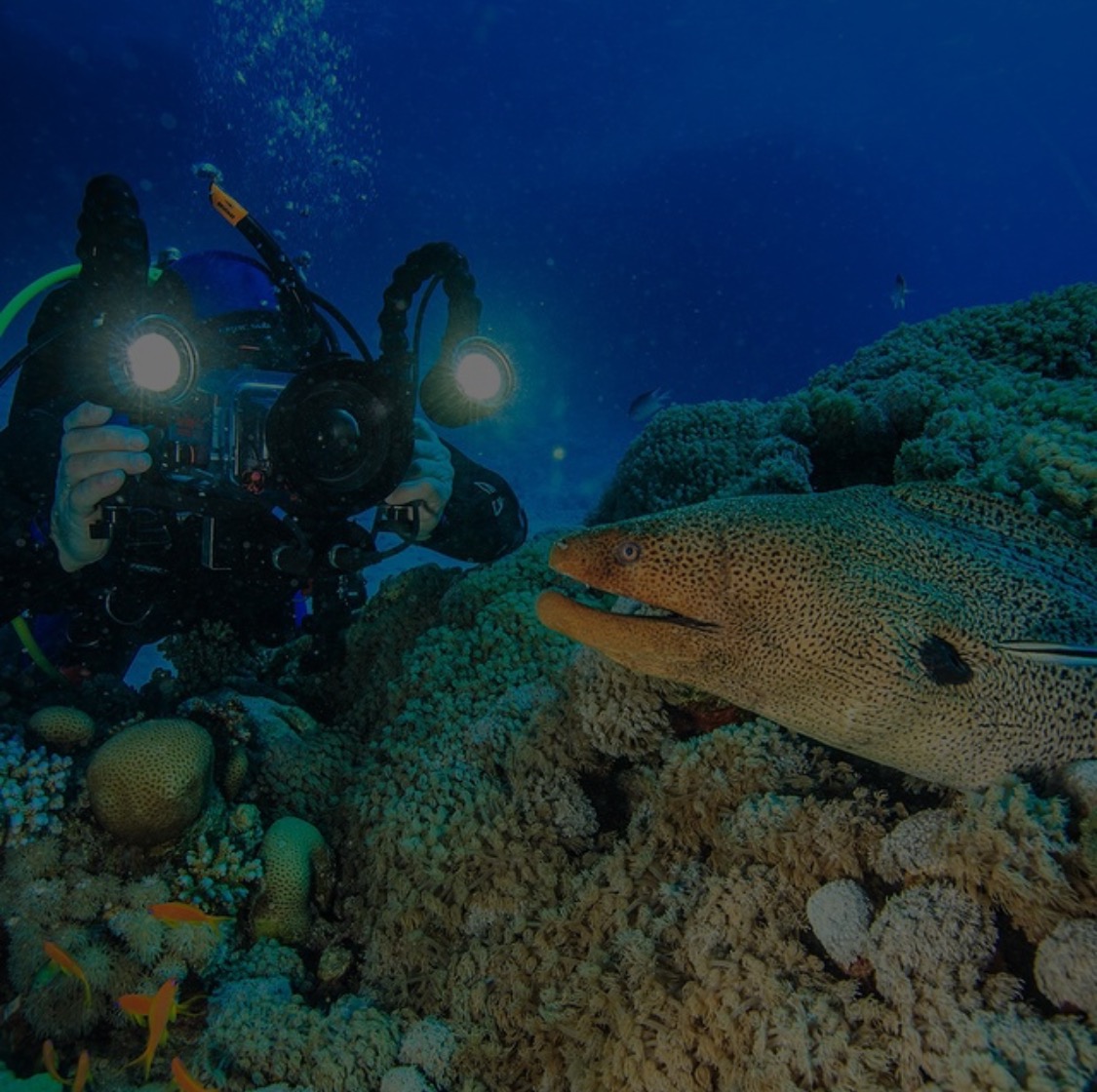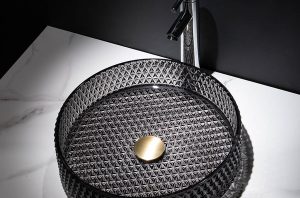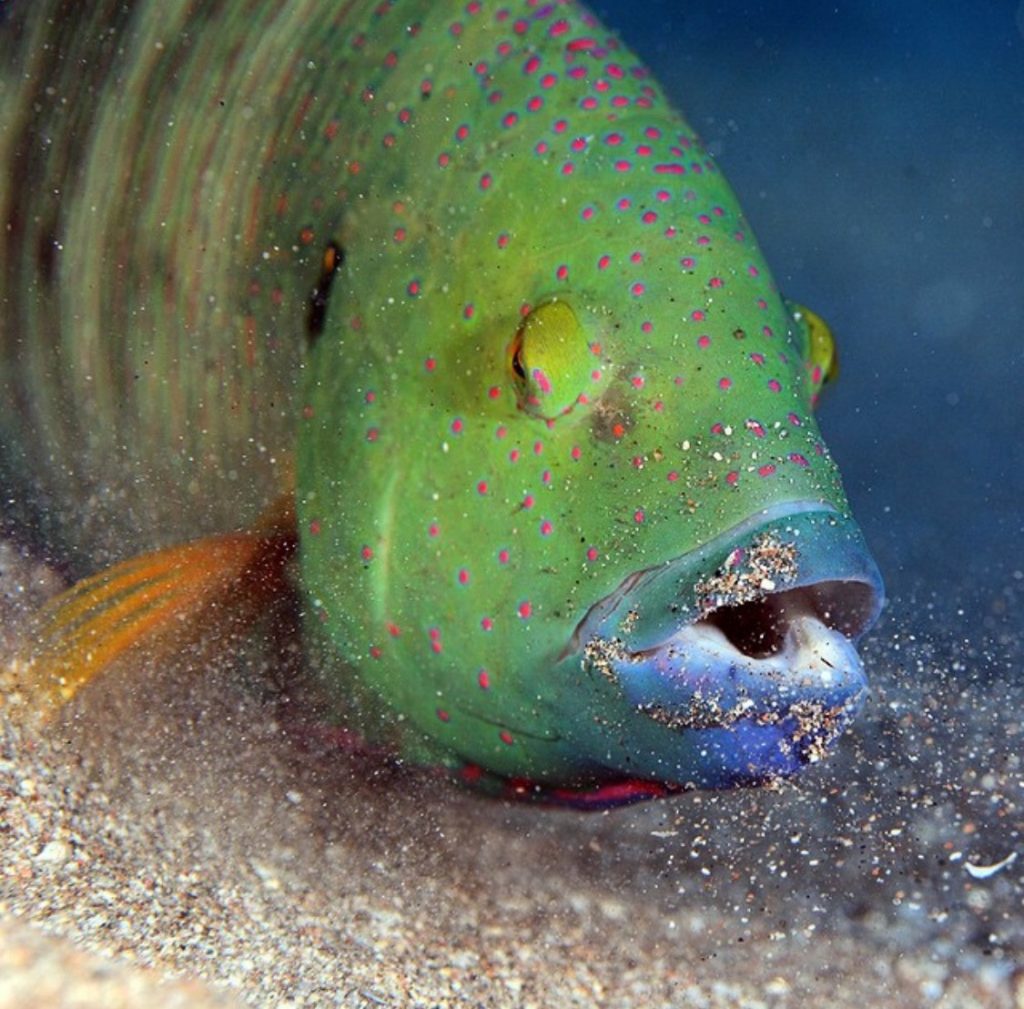
Home to one of the world’s oldest civilizations, Egypt bears testament to some of mankind’s earliest triumphs. The pyramids of Cairo are one of the Seven Wonders of the World and the nearby Museum of Egyptian Antiquities houses the legendary treasures of Tutankhamen. But Egypt is much more than ancient monuments and pyramids. It’s a cruise down the Nile, a luxury hotel and hot nightlife, it’s a vast invigorating desert and, especially for scuba divers, it’s the Red Sea. Just beyond the shore lie cool, azure waters, beautiful coves, millions of fish, fantastic visibility, sheltered reefs, towers, pinnacles, walls, coral gardens and wrecks. They all send a siren call to scuba divers and mark the Red Sea as a world-class scuba diving destination. No matter how impressive the above-water attractions, the real jewel in the Egyptian crown has to be the simply staggering diving.
A trip down the Red Sea, from Taba in the north of the Gulf of Aqaba, through Dahab and Sharm el Sheikh, to Hurghada and Safaga further south, in the south highlights the delights for divers.
Great Dives
* Taba: Pharaoh’s (or Farun) Island – Situated in the northern reaches of the Gulf of Aqaba, this area is noted for fascinating endemic marine life – frogfish, which may be one of the oddest fish. Once a Phoenician port, this small island lies a mere 250 metres/275 yards off shore and a restored castle overlooks the relatively uncrowded dive sites. Small pinnacles and walls dropping to 25 metres/80 feet feature healthy coral, schools of bream and batfish and the ubiquitous moray eels. It’s a great place for topside exploration and snorkeling too.
* Dahab: The Blue Hole – Plunging to 130 metres/430 feet, this is one of the most famous dive sites in the world. While there’s plenty for divers to enjoy within recreational limits, appropriately qualified tec divers make the most of the site by traversing “the arch” at 56 metres/185 feet to the reef wall outside. This is a popular place with freedivers too.
Sharm el Sheikh: Straits of Tiran – Situated at the mouth of the Gulf of Aqaba, the straits form a natural constriction and consequently the diving is spectacular. Divers privileged to have visited the reefs here (Jackson, Gordon and Woodhouse among many others) speak their names in respectful whispers. Washed by strong currents, these reefs are favorite haunts for marauding jacks, barracuda and sharks that prowl the reef edges on the lookout for their unwary, or injured, smaller cousins. Enormous moray eels slip through the coral heads and crevices, which teem with anthias and myriad other reef dwellers.
Sharm el Sheikh: Ras Mohamed National Park – The first Egyptian national park is still one of the best. It is about 20 kilometres/12 miles south of Sharm el Sheik at the southern tip of the Sinai Peninsula where the Gulf of Aqaba meets the Gulf of Suez. Due to the mixing of these waters, the area hosts healthy coral reefs and myriad reef and pelagic fish species. This protected area can be accessed by a day trip or liveaboard dive boat. At two of the featured dive sites, Shark and Yolanda reefs, currents are often significant which makes drift dives common.
* Hurghada: Giftun Island – This marine reserve with a modest entry fee has a host of dive sites characterized by steep drop offs, fabulous coral reefs and the possibility of encounters with barracuda, tuna and even bigger pelagic species. That’s if you can tear your eyes away from the gorgonians and marine life that populate the caverns and ledges. The frequently strong currents often dictate drift dives. The protection coming with marine reserve status really pays off here with abundant marine life and great diving.
* Safaga: Seven Pillars – In Soma Bay, seven coral pillars nearly rise to the surface from about 14 metres/45 feet of depth. Many reef fish, including Napoleon wrasse, puffer fish and lionfish, call the area home. It’s also a well-known night diving spot.
Visibility – Usually clear, visibility can range from 15-170 metres/50-230 feet
Water Temperature – Depending on the season, water temperature ranges from 21-30°C/70-86°F.
Weather – Egypt’s climate is hot and dry, however, in the winter the north is quite cool. The air temperature ranges from 21-40°C/70-104°F. Diving is always good, year round.
Featured Creatures – The Red Sea offers an amazing diversity of fish on nearly every dive. Thousands of anthias sweeping across a coral wall will compete with coral groupers, wrasse, blue spotted rays, butterfly fish and angelfish for your attention. But, don’t get too caught up in the action – you might just miss that majestic whale shark gently cruising by.
Recommended Training – Take the PADI Deep Diver and PADI Drift Diver courses for diving the fabulous walls. The PADI Digital Underwater Photographer course is also great to record your adventure.
Topside Attractions – Visit the pyramids and the Museum of Egyptian Antiquities, take a camel ride through the desert or a cruise down the Nile.
Click here to book a dive vacation special

